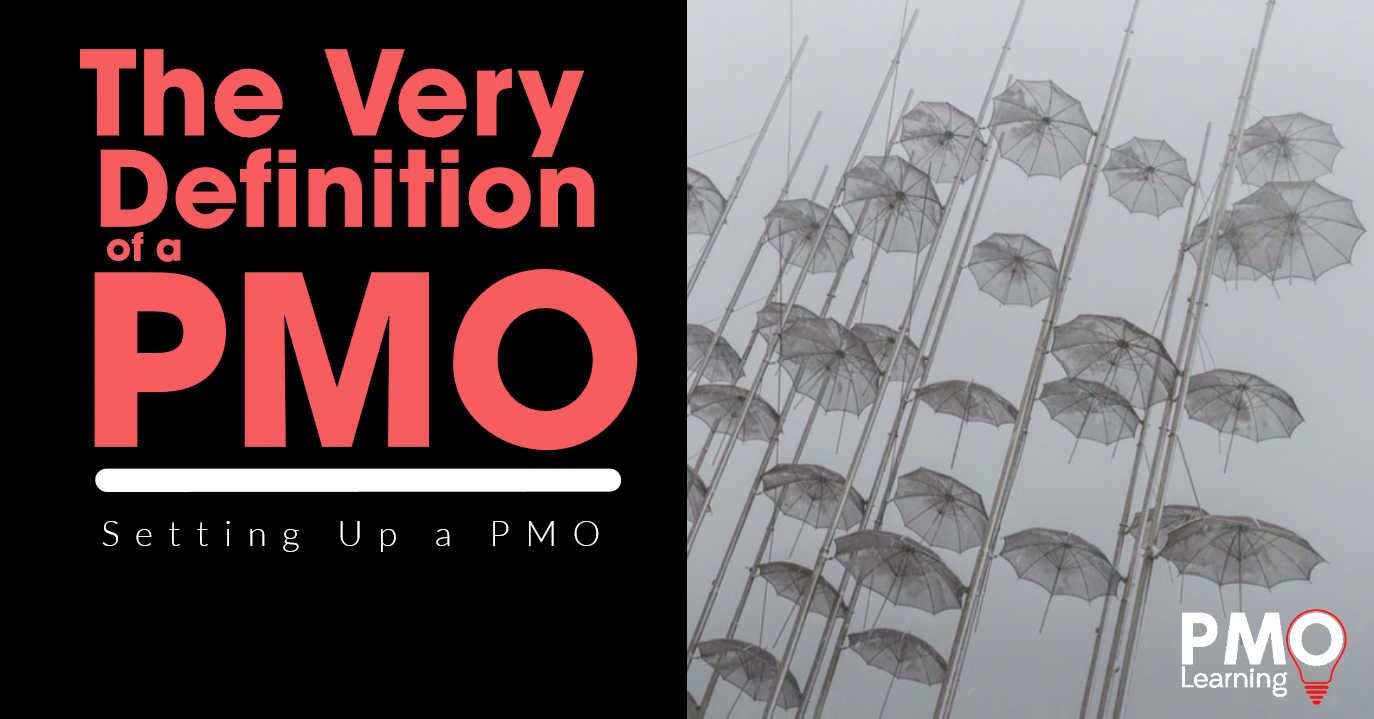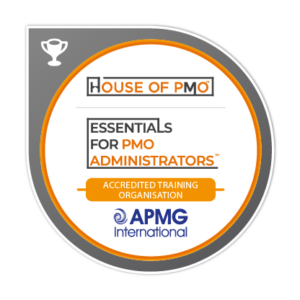
The Setting Up a PMO two-day course we piloted a few weeks back (you can check that out here) was a real eye-opener in lots of ways.
Although I’ve been in and around PMOs for many years now, it’s almost like we forget the most simple of things, the fundamentals, if you like, when it comes to project management.
Before you can even begin to think about setting up a PMO there are a few fundamental things that need to be in place, perhaps the most fundamental:
 What does project management mean in your organisation? And what is a project?
What does project management mean in your organisation? And what is a project?
Sounds simple, doesn’t it?
For many organisations, these two questions will initiate debate and probably many disagreements, but the fact remains it’s often the simplest questions that often get overlooked, never asked, just to come back and bite us further down the line.
When you are beginning to take the first steps in setting up a PMO, these questions do need answering.
On the Setting Up a PMO course we start with the basic definitions – what is a project?; what is project management? and what kind of PMO is needed?
Asking these questions forms the first part of the Setting Up a PMO roadmap – Clarify Request and Need.
What is a Project?
If you’re asking that simple question in your organisation, you’ve got to be ready for the different responses from the many different types of stakeholders you have.
On the Setting Up a PMO course we looked at the three main definitions from the three most prominent project management bodies out there:
Here’s the Project Management Institute (PMI):

Next we have the Association for Project Management (APM):
Then AXELOS:

If your organisation was to define ‘project’ like this, what impact do you think that would have on the setting up of the PMO?
Let’s go back and look at some of the words in those definitions.
Starting with the PMI definition – it talks about defined scope and resources. If this were our organisation’s definition, we would know, as a PMO practitioner, that our PMO would have to provide robust services that support scope and resource management. We know that because our organisation definition of projects clearly highlights that.
The insight I took from the course was – if we’re setting up a PMO we have to understand what the organisation’s definition of ‘project’ is if the PMO is going to provide the right services to support that. It’s simple isn’t it, yet I hadn’t made the obvious line before!
If we look at the APM definition, that mentions outcomes or benefits – so would our PMO make sure that benefits management was a focused service? And with AXELOS, business cases feature prominently so is our PMO providing a service that supports the improvement of business case creation?
Wanting to learn more about APM – take a look at the Project Fundamentals Qualification (PFQ)
So that’s the first lesson – what is your definition of projects and does the PMO align itself to that?
Next, we take a look at the definition of project management, and in the same way, we’re asking the question, what does project management mean to your organisation?
Here’s the definition of project management from all three bodies again:

If we use the same thought process, we can quickly see how the definition of project management in our organisation will drive how the PMO will be set up and what kinds of services it will provide.
In the case of the APM definition, we will have a PMO that:
supports the creation, maintenance and improvement of project management processes to ensure continued fit for purpose; be the custodian of project management methods and approaches to delivery; create and manage the project management centre of excellence to include skills development, training and community of practice; and support the effective resource management approach to ensure capability and capacity of the delivery organisation is fit for purpose now and in the future.
The second thing I learnt by asking the question, what does project management mean in our organisation? Is that the first step in setting up a PMO really doesn’t start with asking what the stakeholders in the business want the PMO to do.
This has traditionally been the approach with business-driven PMO setups and even the approach in the Value Ring from the PMO Global Alliance. Both suggest that by asking what the stakeholders want from a PMO, the PMO can then be set up to meet those needs.
The problem with this is the assumption that stakeholders know what they need or want from a PMO.
In lots of cases, they don’t.
By taking a further step back, to ask the fundamental questions, what is a project and what is project management in our organisation? It’s only then that we get to the heart of the matter – and find how what the PMO should really be set up to serve. From this point, we can continue in the roadmap to setting up a PMO with a firmer foundation beneath us.
To learn more about Setting Up a PMO, [take a look at the two-day course overview] To find out more about the roadmap approach to setting up a PMO, [take a look at the article here]
To kick-start project management training, take a look at the APM Project Fundamentals Qualification (PFQ)
Enjoying Our Blog?
Sign up and receive all our articles (we’ll send you an update once a week!) plus special offers and events:














